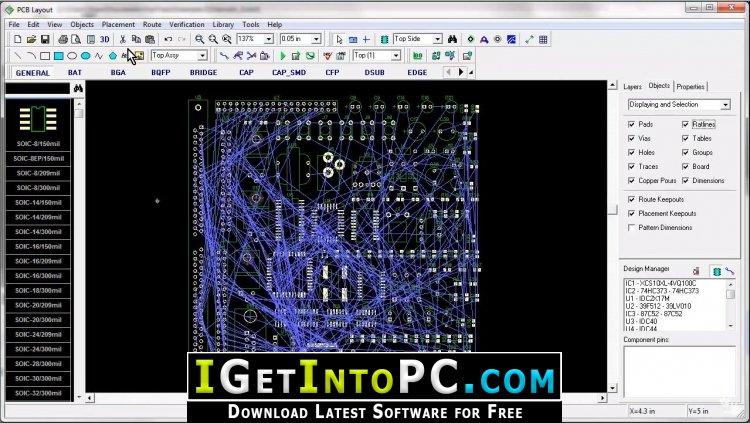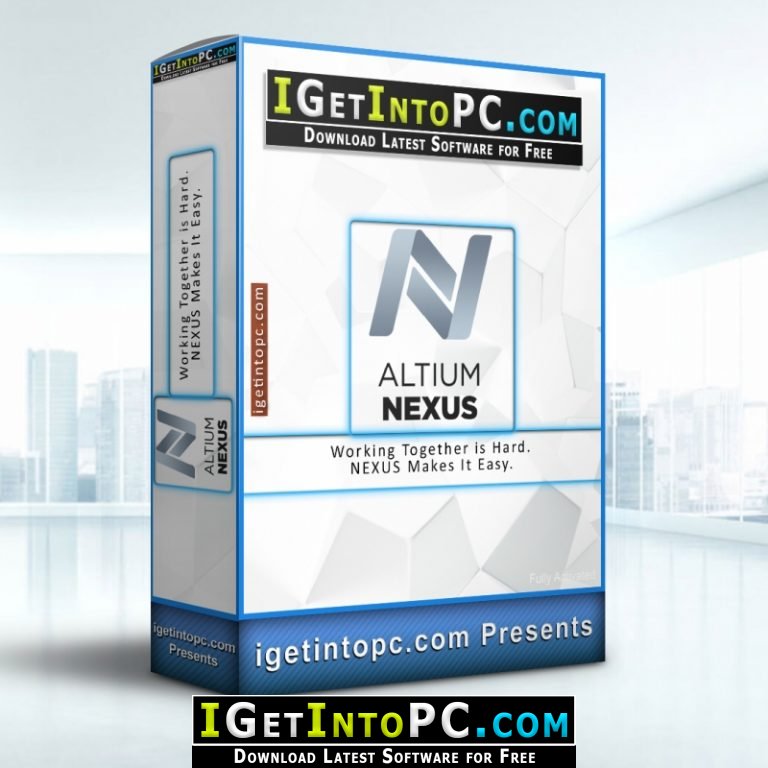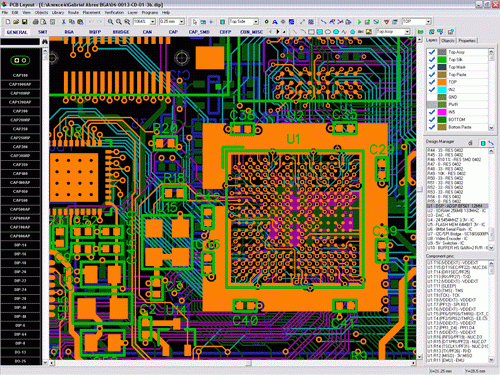

As of now the top button is to start/stop data logging and the other two are for menu scrolling.

It has an RGB backlight so the four trim pots on the left control its contract and background color. In the middle is a good old fashioned 20×4 character LCD.

You can see the four 12 bar LEDs along the top that will act together as the shift light and also blink warning statuses. There isn’t much too critical with regards to signal speed or integrity on this board, but its still fun to do things right.ĥV power and ground planes are on the inner layers with traces on the outter layers. It costs twice as much, but everything is neater and more electrically sound.

The other half will be the “main unit” where the processor is housed along with all the sensor inputs, etc.ĭue to all the LED and LCD I/O, I decided to go with a four layer board. This will serve as the “dashboard” part of this project. Using Eagle, i was able to finalize the design for the remote display PCB. I also found that making new device models from scratch was a breeze in Eagle so I soon found myself cranking them out myself rather than hunting for them. I was able to find a few obscure device models such as the 12 LED bargraph in the Adafruit library. For example Adafruit and Sparkfun both share their schematics in Eagle and offer their libraries up for public use.Īfter about 30 minutes of getting used to the UI, I was rolling. There are libraries for everything out there. It has a clunky UI, but the community support can’t be beat. This got me researching options and I finally decided to give Eagle another go. I also knew that when it came time to do the layout, I’d have to shell out for a paid version of DipTrace. I made a few from scratch, but it was tedious and was bogging me down. I was held up a bit not being able to find device models using DipTrace. I finally got moving again on the digital dashboard project. This entry was posted in Digital Dashboard on Januby admin. Now that this is done I need to focus on both the “Main Unit” PCB and polish up the software. It still looks like a science fair project, but at least all the hardware is set and physically stable. Why didn’t i label the trim pots and the buttons?!? (The pots control contrast and the R, G, and B backlight). But what matters most came through, it works! It’s funny how I already see things that I wish I had done differently. I had some time off for the holidays and managed to get one board built up. It was very easy to upload my Eagle board design, it processed quickly, and they gave detailed renders of the final boards and all the layers – all easily viewable right on their website. This was my first time using OSHPark, but i must say it was a pretty great experience. I received the “Remote Display” PCBs from OSHPark before Christmas.


 0 kommentar(er)
0 kommentar(er)
